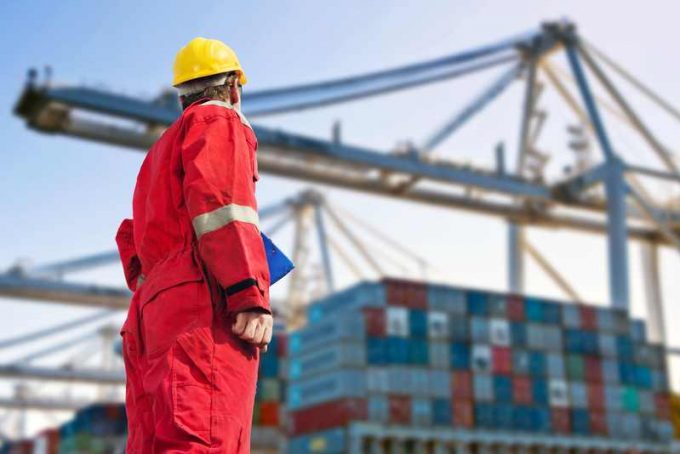The strange tale of risk and reward in global liner trades
Let the chaos commence
FDX: ABOUT USPS PRIVATISATIONFDX: CCO VIEWFDX: LOWER GUIDANCE FDX: DISRUPTING AIR FREIGHTFDX: FOCUS ON KEY VERTICALFDX: LTL OUTLOOKGXO: NEW LOW LINE: NEW LOW FDX: INDUSTRIAL WOESFDX: HEALTH CHECKFDX: TRADING UPDATEWMT: GREEN WOESFDX: FREIGHT BREAK-UPFDX: WAITING FOR THE SPINHON: BREAK-UP ALLUREDSV: BREACHING SUPPORTVW: BOLT-ON DEALAMZN: TOP PICK
FDX: ABOUT USPS PRIVATISATIONFDX: CCO VIEWFDX: LOWER GUIDANCE FDX: DISRUPTING AIR FREIGHTFDX: FOCUS ON KEY VERTICALFDX: LTL OUTLOOKGXO: NEW LOW LINE: NEW LOW FDX: INDUSTRIAL WOESFDX: HEALTH CHECKFDX: TRADING UPDATEWMT: GREEN WOESFDX: FREIGHT BREAK-UPFDX: WAITING FOR THE SPINHON: BREAK-UP ALLUREDSV: BREACHING SUPPORTVW: BOLT-ON DEALAMZN: TOP PICK

China today reported a 6.8% year-on-year increase in GDP for the third quarter – a slight decline on the 6.9% growth in the first half of the year, but nonetheless meeting government targets.
Retail sales grew by 10.3% in September, while factory output, a key metric for container lines, grew 6.6% in the same month.
Carriers should also be buoyed by recent analysis from Alphaliner which suggests the GDP-teu multiplyer – the relationship between economic growth and container volumes – is on on the rise for the first time since the financial crisis hit shipping in 2009.
With global container growth forecast to reach 6% by the end of this year, and Chinese port volumes up by 9.1% in the first three quarters, Alphaliner suggested there were grounds for renewed optimism for carriers.
“The strong container volume growth this year is expected to lift the multiplier to 1.7 times global GDP growth, reversing the recent downward trend that has seen the multiplier drop to below 1.0 in the previous two years.
“Predictions that the container trade had reached a mature phase of its development, with volume growth expected to grow only on par with GDP, proved to be overly pessimistic, even though container volume growth is unlikely to see a return to the 2-3 times GDP ratio it had enjoyed prior to 2008,” it wrote.
Anecdotal and statistical evidence has painted a strong first nine months to the year. Shipping data attributed to PIERS and Container Trade Statistics saw both Asia-Europe and the transpacific routes grow 5.3%, compared with 2016’s full-year growth of 2.8% and 4.3% respectively.
However, whether this will translate into a stronger rate environment will largely depend on how much more capacity carriers deploy, with the global fleet expected to expand by 5.8% in 2018, compared with forecast growth of 4.8%.
And the warning signs have been clear over the last three months, according to Alphaliner.
“The higher demand growth recorded this year has not been sufficient to stop a dramatic fall in spot freight rates in the third quarter, with the SCFI recording a 23% fall since the end of July with the downward pressure continuing into October.
“Carriers will need to keep an eye on 2018, as the influx of new containerships will continue to put pressure on freight rates next year.
“Total new capacity due in 2018 is expected to reach 1.72m teu, compared to 1.25m teu that will be delivered in 2017, after accounting for some deferrals from this year into next year,” it said.
Comment on this article